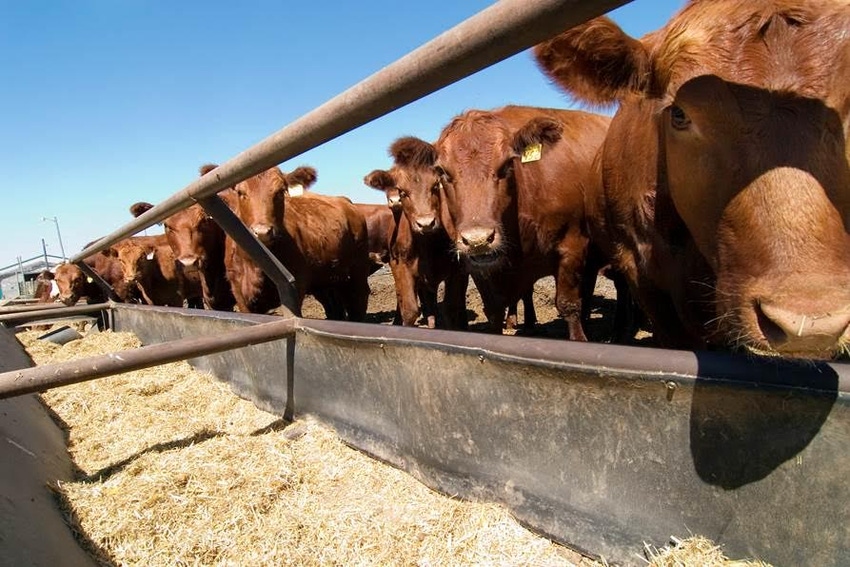February 28, 2017

Beginning with the just released February USDA Cattle on Feed report, we'll be seeing added information on heavyweight feedlot placements.
This and future reports will include a breakdown of over 800 pound placements into 8-900 pounds, 900-1,000 pounds and over 1,000 pounds for the national totals. For individually reported states, the reports will detail 800-900 pounds and over 900 pounds.
Oklahoma State University Extension Livestock Marketing Specialist Derrell Peel says, "This additional weight breakdown is important and needed, as heavy feedlot placements have increased significantly in recent years."
Prior to 2012, the annual average percent of heavy placements each month was fairly constant at about 28%, Peel adds. Starting in 2012 the proportion of heavy placements has increased steadily to the 2016 average of 36.8%.
"Not knowing how weights were distributed above 800 pounds has made it difficult to anticipate the market timing of heavy placements," Peel says.
He explains the new data shows 800-900 pound placements made up 71.8% of placements above 800 pounds in January, compared with 74.1% one year ago. Placements of 900-1,000 pounds made up 20.3% of placements over 800 pounds in the latest data, compared to 19% in January 2016. Placements over 1,000 pounds were 7.9% of heavy placements this year, compared with 6.9% last year. Overall, placements over 900 pounds represented 8.1% of placements in January, compared with 8.4% last year.
"Over time the value of this data will grow as more history is accumulated and averages and seasonal patterns emerge," Peel says.
High proportions of heavy-weight feedlot placements are one of several factors that contributed to rapid increases in slaughter and carcass weights in recent years.
Peel says data on more than 500,000 cattle from a large, Southern Plains feedlot shows that heavy placements have different implications for final feedlot weight of cattle, compared with lighter-weight placements. The feedlot data shows that for steers placed between 600-850 pounds, each additional pound of placement weight increases sale weight by an average of 0.52 pounds. However, above 850 pounds, each additional pound of placement weight is matched by one additional pound of sale weight.
A similar but even more exaggerated pattern is true for heifers, with placements between 550-800 pounds producing an average of 0.48 pounds of sale weight for each additional pound of placement weight. Heifers placed over 800 pounds, add 1.38 pounds of sale weight for each additional pound of placement weight.
"The increase in heavy-weight feedlot placements in recent years was no doubt heavily motivated by high feedlot cost of gain over much of the period," Peel says. "However, even with sharply lower feed costs in 2017, there are several reasons that placement weights may not decline much in the coming months."
He explains that feedlots generally prefer to feed older, heavier cattle which is more possible with growing cattle numbers. Continued changes in cattle genetics, feeding management and feeding technology allow cattle to be fed efficiently to heavier weights. Placement of heavier animals in feedlots may also be contributing to the increase in those grading Choice in recent years.
Peel thinks, however, that slaughter and carcass weights will likely increase more slowly or plateau in coming years, in part because of demand limitations for ever-larger carcasses.
About the Author(s)
You May Also Like




